Signed Fornasetti, located in Milan and justified 2 out of 200 at the bottom right. 1960s.
Very good condition, a small scratch.
Frame 64 x 33cm
Pietro Fornasetti (born November 10, 1913 in Milan – died in the same city in October 1988) is an Italian painter, designer, sculptor and interior decorator of the 20th century, the creator of more than 11,000 pieces.
In 1930, he trained in drawing at the Academy of Fine Arts of Brera, and was expelled in 1932 for indiscipline.
In his father's studio, Fornasetti experimented with several engraving and printing techniques (lithography, work on copper, drypoint, monotype). Through research and diligent use of these techniques, the artist acquired a precise dexterity in execution.
The printing technique was already used when he participated in his first Triennale in Milan, at only 20 years old, by proposing a series of patterned silk scarves.
He printed books and lithographs for the most famous artists of his time. He created the Stamperia d'Arte Piero Fornasetti. Works by Fabrizio Clerici, Carlo Carra, Massimo Campigli, Eugène Berman, Giorgio de Chirico, Orfeo Tamburi, Marino Marini and Lucio Fontana were printed by him.
He did not want to limit his artistic approach to painting but to extend it to all objects, surfaces or materials. In 1940, he met Gio Ponti, an architect and designer with whom he collaborated for years. His meeting with the architect reinforced his artistic approach. According to him, once the laws of drawing had been assimilated, everything "would then be possible: inventing, setting up an exhibition, doing architecture, advertising, acquiring the organization, the method."
He was interested in the crafts of glass, ceramics, fabric, wood and paper. From 1943 to 1946, Piero Fornasetti went into exile in Switzerland, but he lived most of the time in Milan.
In the 1950s and 60s, Fornasetti had chosen as a regular motif on furniture and objects the face of a polymorphous and placid woman. His eyes are inspired by a singer from the early 20th century, Lina Cavalieri, who had also won over the artist Giovanni Boldini.
In 1970, he founded the Galleria dei Bibliofili with friends.
He is primarily a graphic artist with line and stroke as his major means of expression.
Piero Fornasetti's most frequent motifs are related to fantastic architecture, card games, acrobats, harlequins, ruins, obelisks and trompe-l'oeil. Reproduction, his use of an infinite repertoire of visual sources, collage and repetition of motifs, well before pop art, testify to the visionary aspect of Piero Fornasetti's approach. His eclecticism is reflected in his visual and intellectual references: the characters of Giovanni Boldini, the collections dedicated to Pompeii and Herculaneum by William Hamilton and Baron d'Hancarville, Pierre-François Hugues d'Hancarville, the whims of Piranesi, the plans of buildings by Andrea Palladio in his "Quattro libri dell'Architettura". He echoes ancestral traditions such as intersia marquetry that painted the dereliction of lonely architectures, ancient cartographies and erudite treatises on astrology from the 16th century, popular magic and cartomancy.
Mass production is recurrent in his work. (Lina Cavalieri's face has undergone more than 350 metamorphoses since its creation in 1952.)
From the late 1980s, when sales of Fornasetti's works were in decline, his son, Barnaba, collaborated with him to revive the company and then continued his father's work after his death, keeping its spirit and adapting it to the world of contemporary design.













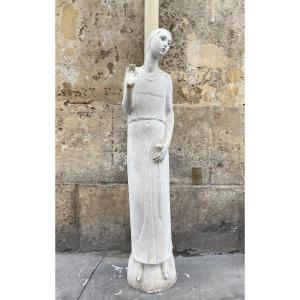
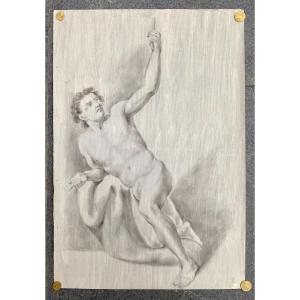
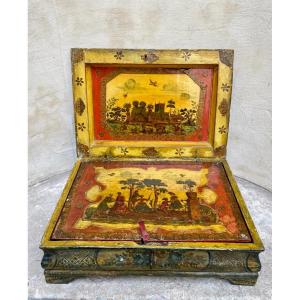


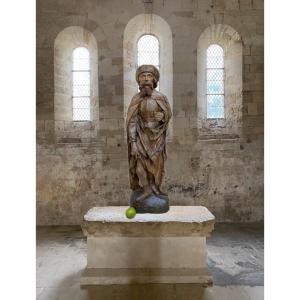
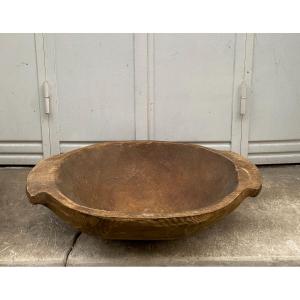


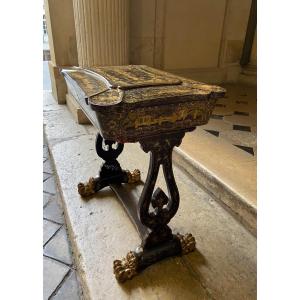
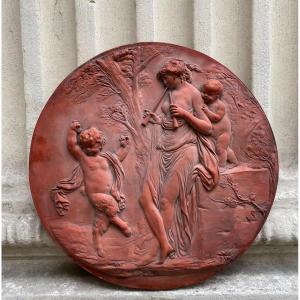

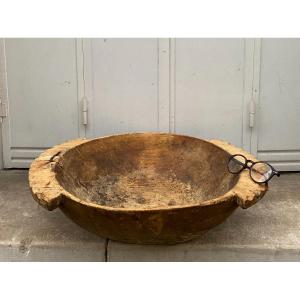










 Le Magazine de PROANTIC
Le Magazine de PROANTIC TRÉSORS Magazine
TRÉSORS Magazine Rivista Artiquariato
Rivista Artiquariato